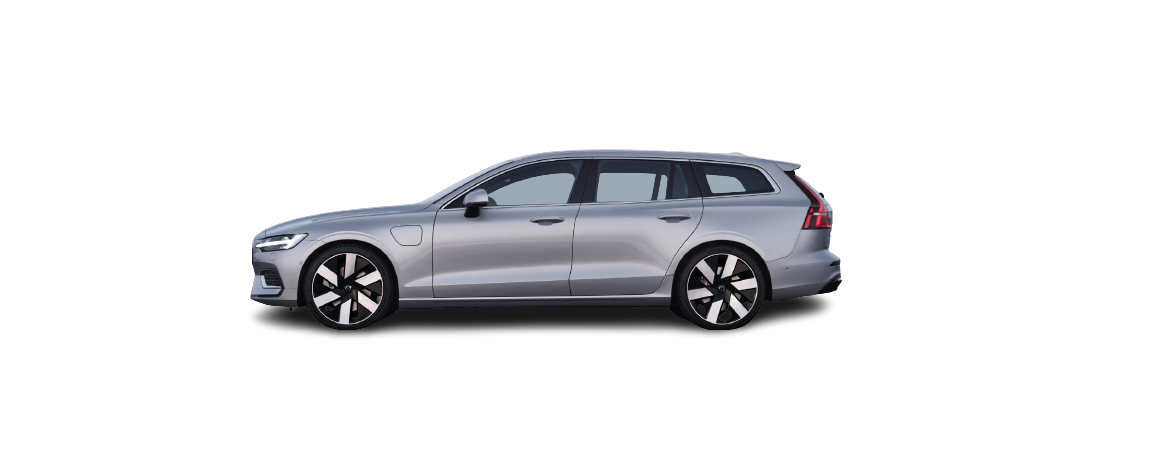Good things to remember when loading:
- Position the load firmly against the rear seat’s backrest.
- Heavy objects should be placed as low as possible. Avoid placing heavy loads on lowered backrests.
- Cover sharp edges with something soft to avoid damaging the upholstery.
- Secure all loads to the load retaining eyelets with straps or web lashings.
Bag hooks
- There is a bag hook in the side panel on each side of the cargo area.
- There are two bag hooks in the side panel on each side of the cargo area.
Lower the hook from beneath the parcel shelf. Hang sufficiently deep bags with handles from the hooks.
Load retaining eyelets
Hard, sharp and heavy objects that are loose or protrude may cause injury during heavy braking. Always secure large and heavy objects with a seatbelt or cargo retaining straps.
Roof load and loading on load carriers
- Distribute the load evenly over the load carriers. Put the heaviest objects at the bottom.
- Check periodically that the load carriers and load are properly secured. Lash the load securely with retaining straps.
- If the load is longer than the car at the front, e.g. a canoe or kayak, fit the towing eye to its front socket and attach the bungee to this.
- The size of the area exposed to the wind, and therefore fuel consumption, increase with the size of the load.
- Drive gently. Avoid quick acceleration, heavy braking ,and hard cornering.
Towbar-mounted bicycle rack
(Option/accessory)
- Bicycle rack including load must weigh a maximum of 75 kg (165 pounds).
- Rear Auto Brake should be deactivated before driving with a bicycle rack.
The bicycle rack can loosen from the towbar if it
- is incorrectly fitted on the towball
- is overloaded, see the bicycle rack’s instructions for maximum load weight
- is used for carrying something other than bicycles.
The car’s driving characteristics are affected when a bicycle rack is fitted on the towbar. For example due to:
- increased weight
- reduced acceleration capacity
- reduced ground clearance
- changed braking capacity.
Load according to the following recommendations:
- Fit the heaviest bicycle furthest in, closest to the car.
- Keep the load symmetrical and as close to the centre of the car as possible e.g. by loading the bicycles facing alternately if several bicycles are loaded.
- Remove loose objects from the bicycle for transportation, e.g. bicycle basket, battery, child seat. Partly to reduce the load on the towbar and bicycle rack, and partly to reduce the wind resistance, which affects fuel consumption.
- Do not use protective covers on the bicycles. This may affect manoeuvrability, impair visibility and increase fuel consumption. It may also lead to an increased load on the towbar.




